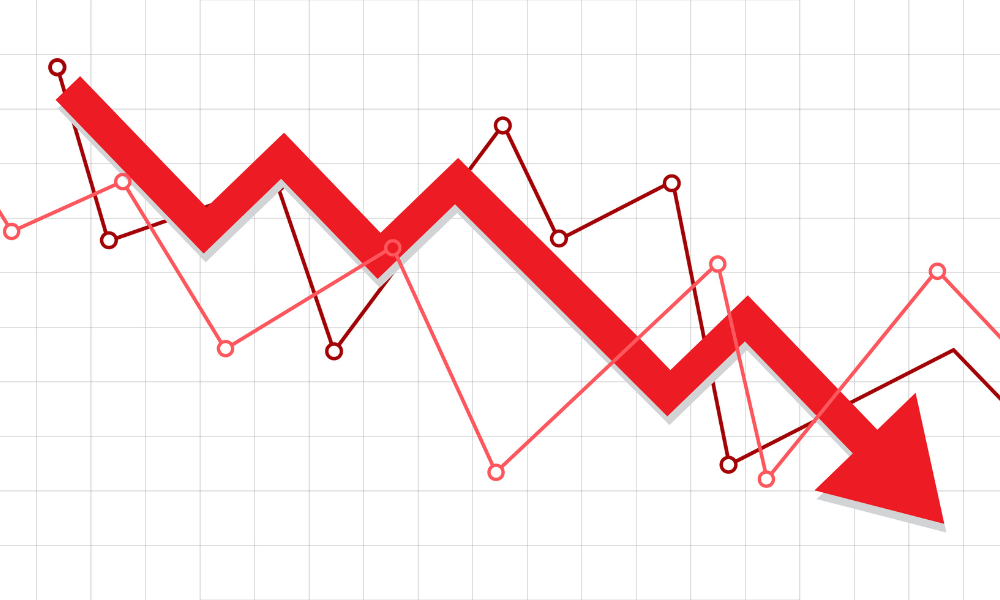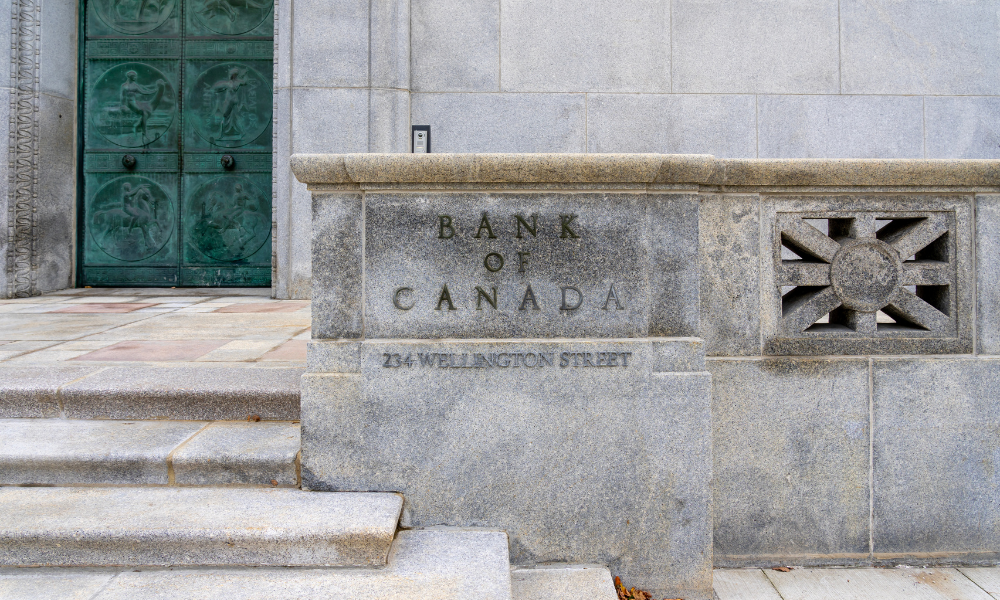But while debt growth may have paused, report warns of increased delinquencies and bankruptcies in the months ahead

Canada’s high levels of household debt have long been a concern for analysts and the Bank of Canada but the lockdown put a pause on its growth.
For the first time in more than a decade average non-mortgage debt balances declined. The 0.5% decrease reflected the significant drop in consumer spending that the coronavirus pandemic triggered.
A new report from Equifax Canada shows that average debt per person including mortgages (which grew 5.7% pre-lockdown) rose to $73,030, an increase of 2.4% compared to the first quarter of 2019 with total outstanding debt was up 4.3 per cent to $1.989 trillion dollars.
“With stores and restaurants shut down, consumers were able to cut back on their spending in March as retail sales numbers indicated,” said Bill Johnston, Equifax Canada’s Vice President of Data & Analytics. “The result was a plunge in credit card spending that translated into much lower balances. That trend gained momentum in April, with few signs that consumers are looking to debt for support in the early days of the pandemic.”
The stats show that younger consumers reduced their average debt by the largest percentage in the first quarter of 2020 (1.03% for 18-25 year olds) while those aged 46-55 increased their debt burden by 0.83% and 56-65 year olds by 0.47%. All other age groups decreased their average debt.
Lenders reported a significant slow down in demand for new credit in mid-March and April but there are signs of things picking up in recent weeks, especially for auto and mortgage lending.
“Our data showed the sudden drop in credit demand as the economy shutdown in late March,” added Johnston. “Those industries more dependent on physical retail locations were the most impacted, but it appears the worst is behind us.”
Delinquency risk
Despite some optimism, the report highlights the risk for rising consumer delinquencies and insolvencies, something that has also been flagged in other recent reports.
In the first quarter, the 90+ day delinquency rate (the percentage of credit users that have missed 3+ payments) for non-mortgage debt delinquency rate rose to 1.22% (9% year-over-year increase).
This was led by British Columbia (+12.65%), Ontario (12.33%) and Alberta (11.79%).
“The delinquency trend rose again in Q1, but it was not a real reflection of COVID,” added Johnston. “Bankruptcies finally slowed and we know April was also very low as services shut down. Unfortunately, that trend will likely not continue, as we expect delinquencies and bankruptcies to rise in the latter part of the year.”



